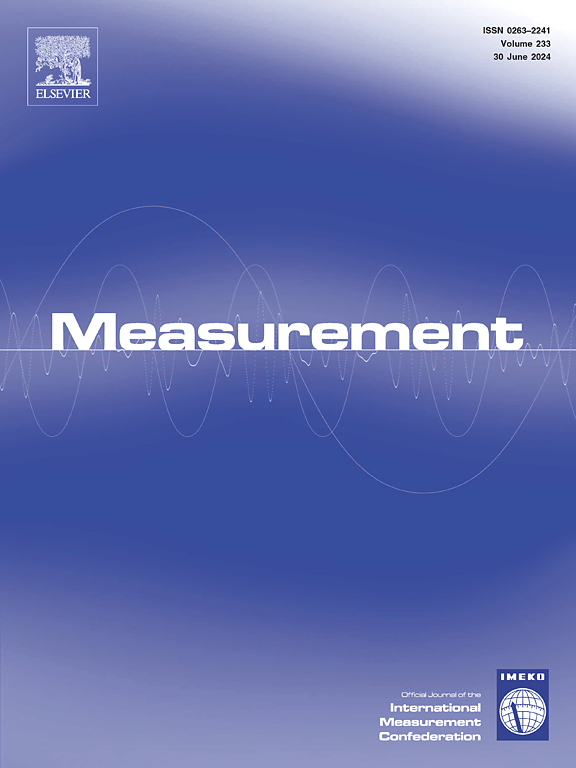ECL-Tear: Lightweight detection method for multiple types of belt tears
IF 5.2
2区 工程技术
Q1 ENGINEERING, MULTIDISCIPLINARY
引用次数: 0
Abstract
Belt tearing can disrupt coal transmission systems and compromise power supply stability. Current detection methods primarily focus on identifying longitudinal tears, which lack the capability for multiple tear types and resilience to harsh environments. This paper proposes the ECL-Tear lightweight target detection algorithm to address these limitations. The algorithm integrates Efficient Multi-Scale Convolution (EIEM) into the YOLOv11 backbone network, replacing standard convolution with multi-scale convolution to enhance edge information capture. In the neck network, Coord Attention-High-level Screening-Feature Pyramid Networks (CA-HSFPN) reduce parameters via adaptive pooling and replace channel attention with coordinate attention for precise weight adjustment of tear locations. The detection head is upgraded to a Lightweight Shared Detail-enhanced Convolutional Detection Head (LSDECD), which uses shared and distributed feedback convolutional layers to lower computational complexity and dynamically generate anchor sizes for diverse image dimensions and tear types. A Multidimensional Augmentation Strategy (MAS) expands 370 field-collected images to 1214 for training. Experimental results demonstrate that ECL-Tear achieves 94 % and 59 % on mAP50 and mAP50-90, respectively, with a 3.7 MB weight file, 1.587 × 10⁶ parameters, and an FPS of 190.2, outperforming other YOLO algorithms. This approach significantly improves belt tear detection accuracy and speed, offering critical support for coal conveyor system fault detection.
求助全文
约1分钟内获得全文
求助全文
来源期刊

Measurement
工程技术-工程:综合
CiteScore
10.20
自引率
12.50%
发文量
1589
审稿时长
12.1 months
期刊介绍:
Contributions are invited on novel achievements in all fields of measurement and instrumentation science and technology. Authors are encouraged to submit novel material, whose ultimate goal is an advancement in the state of the art of: measurement and metrology fundamentals, sensors, measurement instruments, measurement and estimation techniques, measurement data processing and fusion algorithms, evaluation procedures and methodologies for plants and industrial processes, performance analysis of systems, processes and algorithms, mathematical models for measurement-oriented purposes, distributed measurement systems in a connected world.
 求助内容:
求助内容: 应助结果提醒方式:
应助结果提醒方式:


